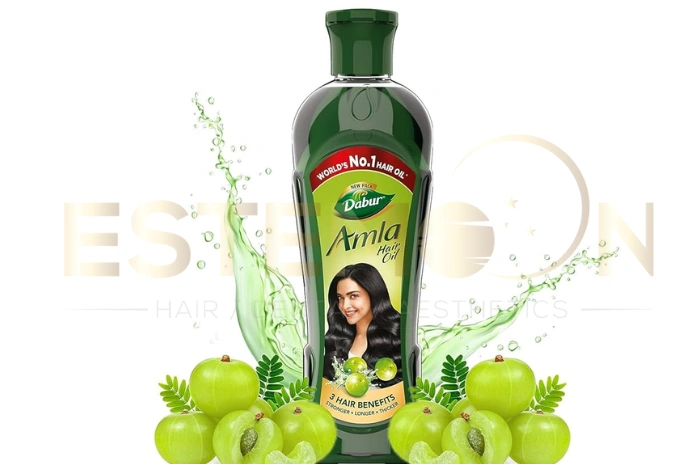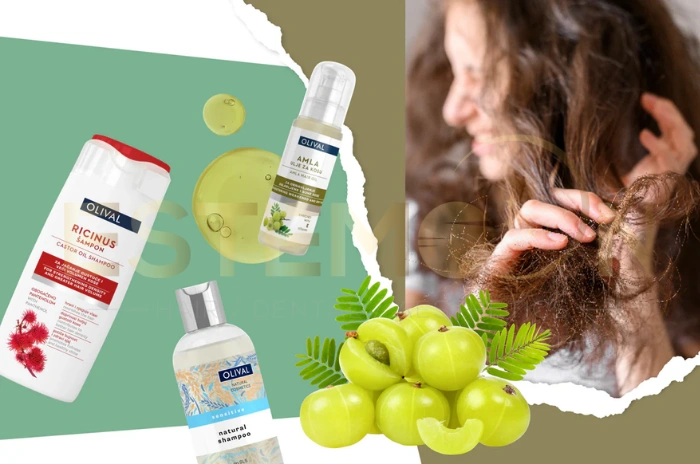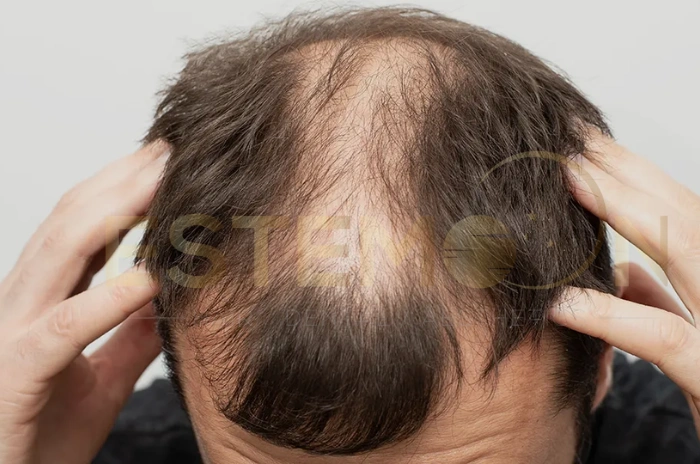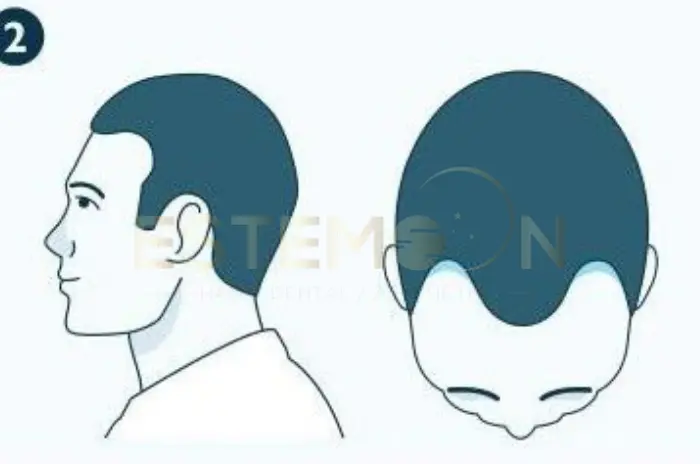Amla hair oil has become a cornerstone of natural hair care, offering remarkable benefits for those seeking healthier, stronger hair. This ancient remedy, derived from the Indian gooseberry, provides essential nutrients that promote hair growth while preventing common issues like hair loss and damage. Understanding how amla oil for hair works can help you make informed decisions about incorporating this powerful ingredient into your hair care routine.
The popularity of amla for hair growth stems from its rich vitamin C content and potent antioxidant properties. These natural compounds work together to nourish hair follicles, strengthen hair strands, and create an optimal environment for healthy hair development. Whether you’re dealing with thinning hair, breakage, or simply want to enhance your hair’s natural beauty, amla benefits for hair extend far beyond basic conditioning.
Modern research supports what traditional practices have known for centuries – amla for hair delivers measurable improvements in hair health, texture, and growth rate. The versatility of this ingredient allows for various application methods, from pure amla oil for hair treatments to amla hair mask preparations that target specific concerns.

What Is Amla and Its Role in Hair Care
Amla, scientifically known as Phyllanthus emblica, is a small green fruit native to India and Southeast Asia. Often called the indian gooseberry for hair, this superfruit contains one of the highest concentrations of vitamin C found in nature. A single amla fruit provides more vitamin C antioxidant for scalp nourishment than several oranges combined.
The fruit’s unique composition includes powerful antioxidants, essential fatty acids, and minerals that directly benefit hair health. When processed into oil form, amla oil for hair retains these beneficial compounds while becoming easier to apply and absorb into the scalp and hair strands.
Traditional Ayurvedic medicine has utilized amla for hair treatments for over 5,000 years. Ancient texts describe how regular use of amla powder for hair and oil applications could prevent premature graying, reduce hair loss, and promote thick, lustrous growth. These time-tested methods continue to prove effective in modern hair care routines.
The processing of fresh amla into amla hair oil involves extracting the fruit’s essence and combining it with carrier oils like coconut or sesame oil. This combination enhances the absorption of nutrients while providing additional moisturizing benefits. Coconut oil and amla for hair combinations are particularly popular due to their complementary properties.
Key Benefits of Amla for Hair Growth and Strength
Amla for hair growth works by stimulating blood circulation in the scalp, which increases nutrient delivery to hair follicles. The high vitamin C antioxidant for scalp content helps produce collagen, a protein essential for strong, healthy hair structure. This increased collagen production directly contributes to improved hair thickness and reduced breakage.
The antioxidant properties of amla oil for hair protect hair follicles from damage caused by free radicals and environmental stressors. This protection is crucial for maintaining healthy growth cycles and preventing premature hair aging. Regular use of amla powder for hair growth treatments can result in visibly thicker, more resilient hair within 6-8 weeks.
Amla benefits for hair include enhanced keratin production, which strengthens the hair shaft from root to tip. This protein reinforcement helps hair withstand daily styling stress, heat damage, and chemical processing. The natural conditioning properties of amla also improve hair texture and manageability.
Iron content in amla supports healthy oxygen transport to hair follicles, preventing iron-deficiency related hair loss. This mineral support, combined with the fruit’s natural enzymes, creates optimal conditions for sustained hair growth. How to use amla for hair effectively involves consistent application and allowing sufficient time for nutrient absorption.
How Amla Helps Prevent Hair Loss and Damage
Hair loss prevention represents one of the most significant amla hair benefits. The fruit’s natural DHT-blocking properties help reduce the hormone activity that contributes to pattern baldness and thinning hair. Regular scalp massage with amla oil for hair can slow hair loss progression while encouraging new growth.
Amla for hair treatments strengthen the connection between hair strands and follicles, reducing mechanical hair loss from brushing, styling, and environmental factors. The nourishing oils penetrate deep into the hair shaft, repairing microscopic damage and preventing further deterioration.
Oxidative stress is a major contributor to hair damage and loss. The powerful antioxidants in amla powder for hair neutralize harmful free radicals before they can damage hair cells. This protective effect extends the natural life cycle of each hair strand, resulting in fuller, healthier-looking hair overall.
UV radiation and pollution can cause significant hair damage over time. Amla oil for hair creates a protective barrier that shields hair from environmental aggressors while providing ongoing nourishment. This dual action helps maintain hair color vibrancy and prevents premature aging of hair strands.
The Advantages of Amla Oil for Nourishing Hair
Pure amla oil for hair provides deep conditioning benefits that penetrate beyond the hair’s surface. Unlike synthetic conditioners that only coat the hair shaft, amla oil molecules are small enough to enter the hair cortex, delivering nutrients where they’re needed most. This deep nourishment results in lasting improvements in hair texture and appearance.
Alma oil for hair growth (amla oil) contains essential fatty acids that restore moisture balance in dry, damaged hair. These natural lipids help seal the hair cuticle, reducing frizz and improving shine. The oil’s lightweight consistency allows for easy application without weighing hair down or leaving greasy residue.
The pH-balancing properties of amla for hair treatments help maintain the scalp’s natural acid mantle. This balanced environment prevents bacterial and fungal growth while optimizing conditions for healthy hair growth. Regular use of amla hair mask treatments can restore scalp health and improve overall hair quality.
Temperature regulation is another benefit of amla oil for hair applications. The cooling properties of amla help soothe irritated scalps and reduce inflammation that can interfere with normal hair growth cycles. This makes amla particularly beneficial for those with sensitive scalps or scalp conditions.

How Amla Strengthens Hair and Prevents Breakage
The strengthening effects of amla for hair stem from its ability to reinforce the hair’s protein structure. Regular application of amla powder for hair growth treatments increases the hair’s tensile strength, making it more resistant to breakage from styling, brushing, and environmental stress.
Amla hair benefits include improved elasticity, which allows hair to stretch and return to its original shape without breaking. This flexibility is essential for maintaining hair length and preventing damage during manipulation. The natural proteins in amla help rebuild damaged areas of the hair shaft.
Cuticle health plays a crucial role in hair strength, and amla oil for hair helps smooth and seal these protective outer layers. When cuticles lie flat and intact, hair appears shinier and feels smoother while being more resistant to damage. This protection extends the life of each hair strand significantly.
The mineral content in how to use amla for hair treatments provides building blocks for strong hair structure. Calcium, iron, and phosphorus from amla contribute to hair density and resilience. These minerals work synergistically with vitamins to create comprehensive hair strengthening effects.
| Nutrient | Benefit for Hair | How It Works |
|---|---|---|
| Vitamin C | Promotes collagen production | Strengthens hair structure and prevents breakage |
| Antioxidants | Protects against damage | Neutralizes free radicals that cause hair aging |
| Iron | Prevents hair loss | Improves oxygen delivery to hair follicles |
| Calcium | Strengthens hair shaft | Builds strong hair structure from root to tip |
| Essential Fatty Acids | Deep conditioning | Nourishes and moisturizes hair strands |
| Tannins | Scalp health | Provides antibacterial and antifungal protection |
Potential Side Effects of Using Amla on Hair
While amla for hair is generally safe for most people, some individuals may experience mild reactions. Amla side effects can include temporary scalp irritation or allergic reactions in those sensitive to the fruit. It’s recommended to perform a patch test before using amla products extensively on hair and scalp.
Pure amla oil for hair may cause slight dryness in some hair types, particularly if overused or not properly diluted. Those with very fine or chemically treated hair should start with small amounts and monitor their hair’s response. Mixing coconut oil and amla for hair can help reduce potential drying effects.
Color-treated hair may experience slight color changes when using amla powder for hair treatments, as the natural tannins can interact with hair dyes. While this rarely causes dramatic color shifts, those with recently colored hair should exercise caution and consult their stylist before using amla products.
Some people may experience increased hair shedding during the first few weeks of using amla hair oil. This temporary effect usually indicates that weak, damaged hairs are being replaced by stronger, healthier growth. However, if excessive shedding continues beyond 2-3 weeks, discontinue use and consult a hair care professional.
Using Amla to Reduce Dandruff and Soothe the Scalp
Amla for dandruff treatment works by addressing the root causes of flaky, itchy scalp conditions. The natural antifungal and antibacterial properties of amla help control the microorganisms that contribute to dandruff formation. Regular scalp massage with amla oil for hair can significantly reduce dandruff symptoms within 2-4 weeks.
The anti-inflammatory compounds in amla for hair treatments help soothe irritated scalp tissue and reduce the itching associated with dandruff. These calming effects make amla particularly beneficial for those with sensitive scalps or chronic scalp conditions. Amla hair mask treatments provide concentrated relief for severely irritated scalps.
Excess oil production often contributes to dandruff problems, and amla oil for hair helps regulate sebum production naturally. By balancing the scalp’s oil levels, amla reduces the environment that supports dandruff-causing organisms. This regulation also helps prevent the scalp from becoming too dry or too oily.
Amla with henna combinations are particularly effective for dandruff control, as both ingredients have antimicrobial properties. This traditional pairing not only addresses dandruff but also provides additional conditioning and color enhancement benefits. The combination creates a comprehensive scalp treatment that addresses multiple hair and scalp concerns simultaneously.
FAQs About Amla Hair Oil Benefits for Growth Strength and Loss
How does amla oil help with hair growth?
Amla oil for hair growth stimulates blood circulation in the scalp, delivering essential nutrients to hair follicles while the high vitamin C content promotes collagen production for stronger, faster-growing hair.
What are the benefits of using amla oil?
Amla oil for hair provides deep nourishment, prevents hair loss, strengthens hair strands, reduces dandruff, soothes scalp irritation, and promotes natural shine while protecting against environmental damage.
Are there any side effects of using amla?
Amla side effects are rare but may include mild scalp irritation or temporary dryness in some hair types, making patch testing recommended before full application.
How often can I use amla oil?
Amla oil for hair can be used 2-3 times per week for optimal results, though daily use is safe for most people with normal to dry hair types.
Follow us on social media for updates, tips, and patient success stories:




